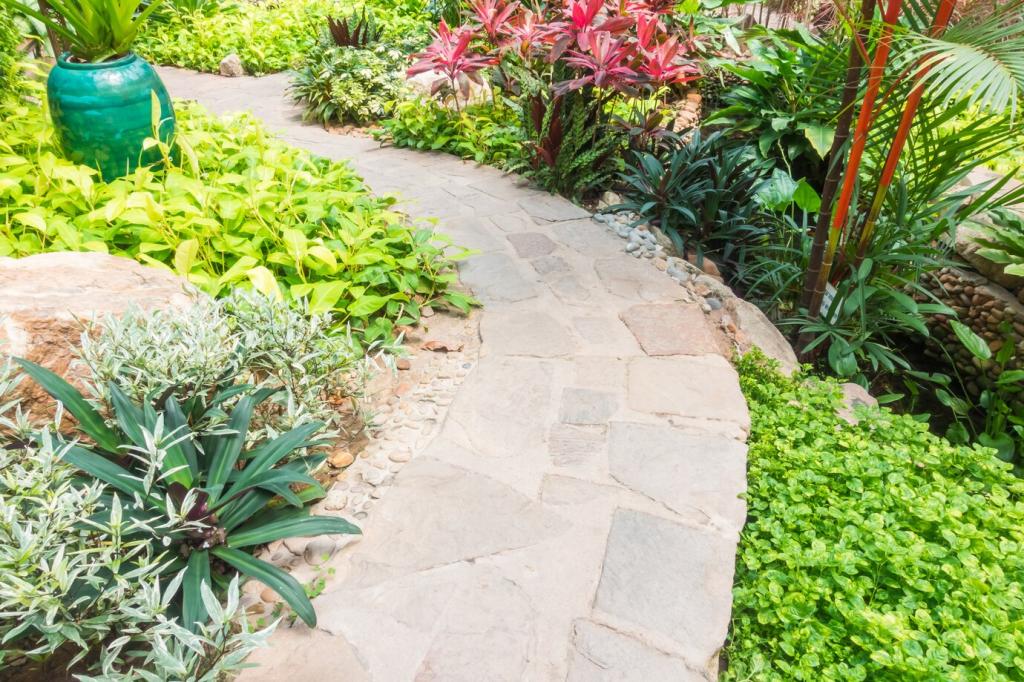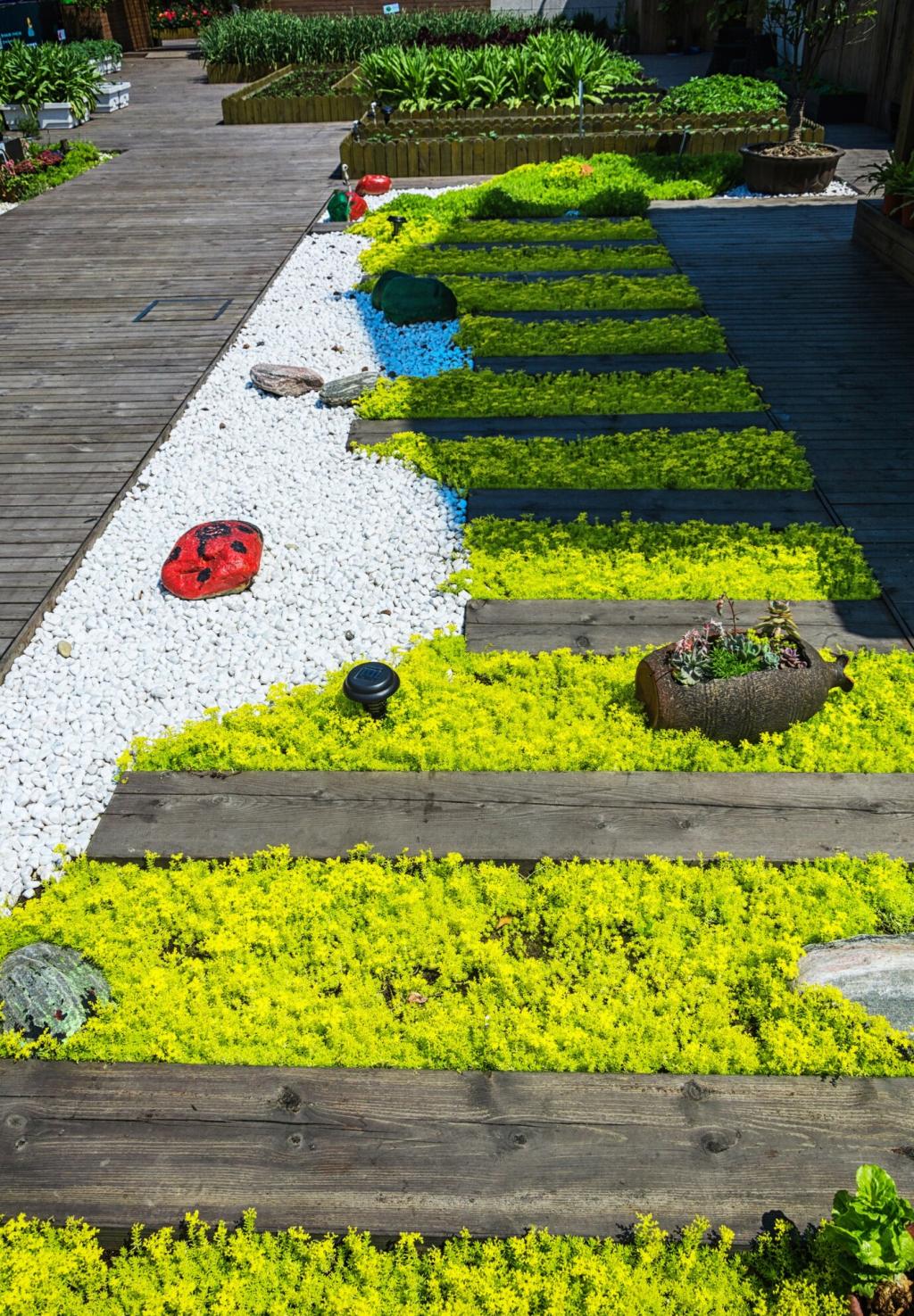Community Stories and Inspiration
A compact courtyard switched from sprays to drip, swapped turf for thyme and yarrow, and added a small cistern. The owner framed pathways with salvaged brick and shaded seating with a vine-covered trellis. The charm increased while the water meter slowed dramatically month after month.
Community Stories and Inspiration
Students mapped roof runoff, installed barrels, and measured weekly captures. They planted native sages and manzanitas, mulched beds deeply, and learned to check soil moisture before watering. Their pride was contagious, and the garden thrived on curiosity and captured rain rather than hoses.







